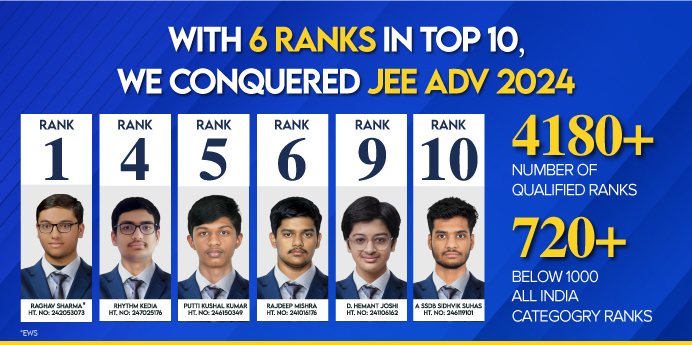




















Courses
Q.
Draw a neat, labelled diagram of a compound microscope and explain its working. Derive an expression for its magnification.
see full answer
High-Paying Jobs That Even AI Can’t Replace — Through JEE/NEET
answer is 1.
(Unlock A.I Detailed Solution for FREE)
Best Courses for You

JEE

NEET

Foundation JEE

Foundation NEET

CBSE
Detailed Solution
a) Description :
i) It consists of two converging lenses. The lens near the object is called objective and the lens near the eye is called eyepiece. These are placed at some separation on their common principal axis.
ii) The objective is of small aperture and of small focal length and the eyepiece is of larger aperture and of larger focal length. The lenses are fitted at the ends of a metal tube.
iii) The distance of the object from the objective can be adjusted by means of a rock and pinion arrangement.
b) Working :
i) The object OJ to be magnified is placed just outside the principal focus of the objective so that its real image is formed on the other side of objective.
ii) The image forms beyond 2F0 where F0 is the focal length of the objective. The image is real, inverted and magnified. It is denoted by I1 G1.
iii) The image due to the objective acts as the object for the eyepiece. The position of the eyepiece is so adjusted to form the final image at the near point.
iv) The final image is virtual, inverted and magnified. It is represented by IG.
i) magnifying power of compound microscope
......(i)
iii) To find me : The magnifying power of the eyepiece is the same as the magnifying power of the simple microscope as the eyepiece behaves like a simple microscope.
where fe is the focal length of the eyepiece.
iv) To find m : Substituting m0 and me in equation - (1) we get magnifying power of the compound microscope as
v) Image at nearer point when the object is very close to the principal focus F0 of the objective, the image due to the objective becomes very close to the eyepiece.
where L is the separation between the objective and eyepiece or the length of the microscope. The expression for m then becomes,
vi) Final image at infinity : If the final image forms at infinity, the magnifying power of the compound microscope is given by
Negative sign in Eqs. 3 and 4 indicates that the final image is inverted.
c) Ultraviolet light has small wavelength compared to visible light. Hence it has small focal length.
Therefore, magnification increases for Ultraviolet light. Since
courses
No courses found
Ready to Test Your Skills?
Check your Performance Today with our Free Mock Test used by Toppers!
Take Free Test



